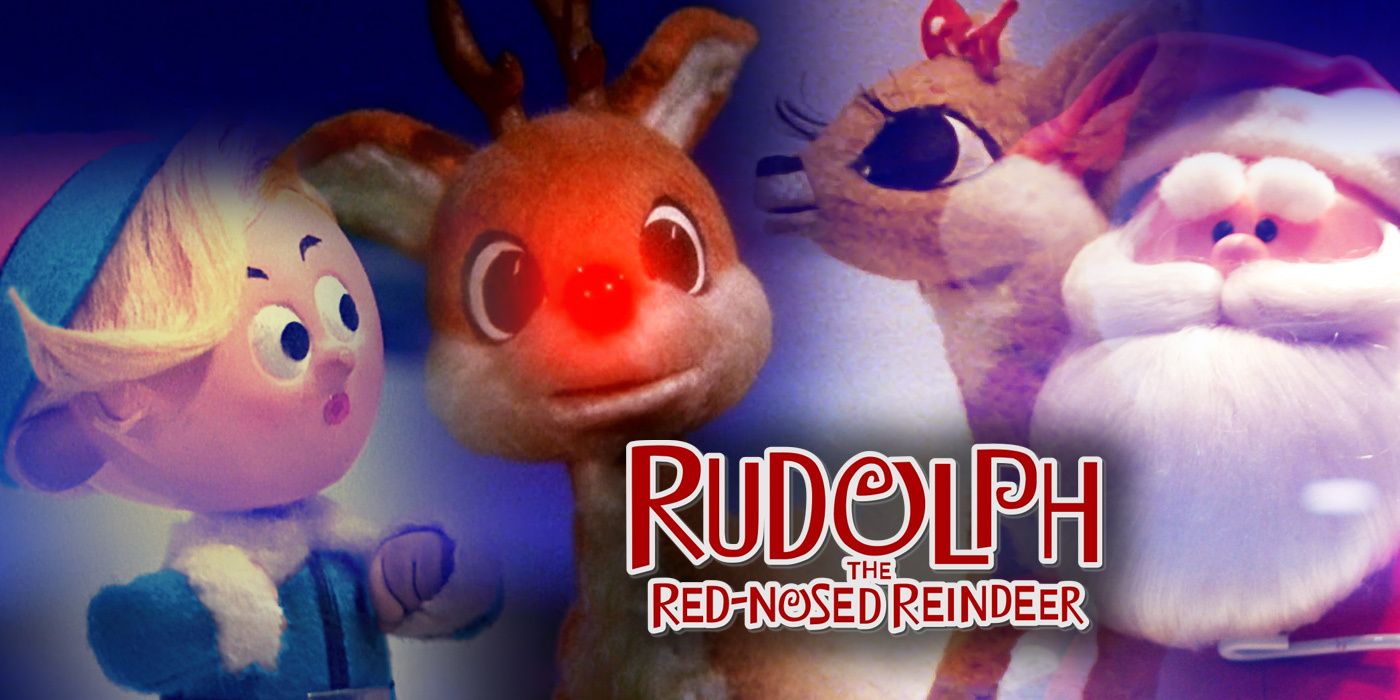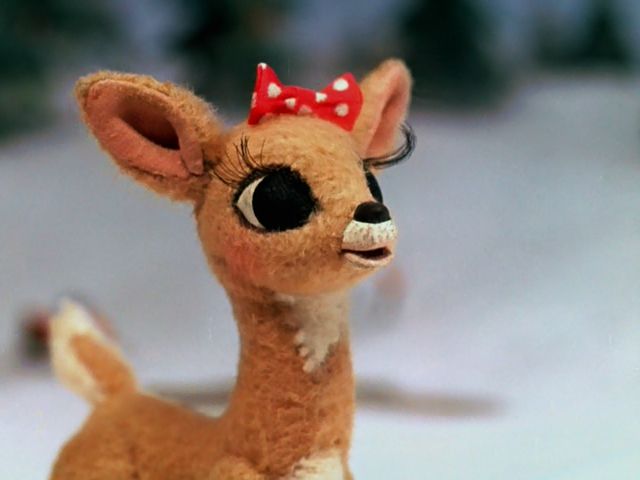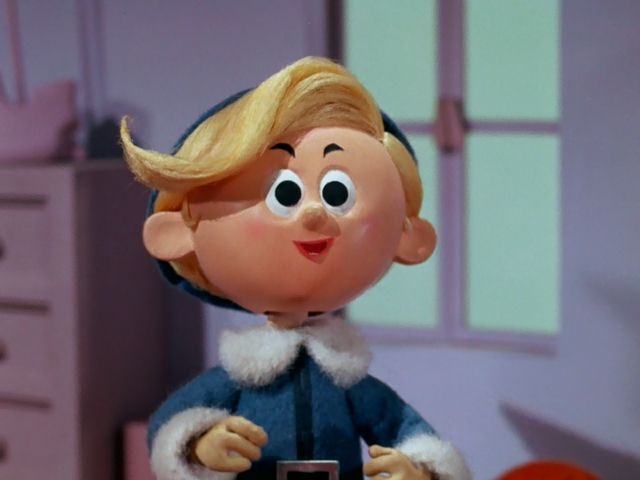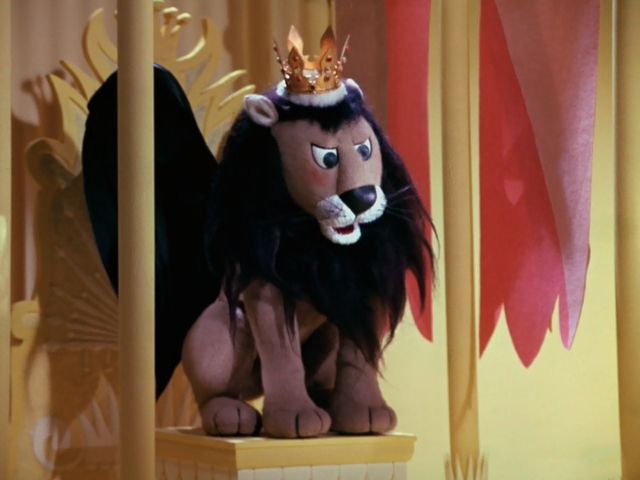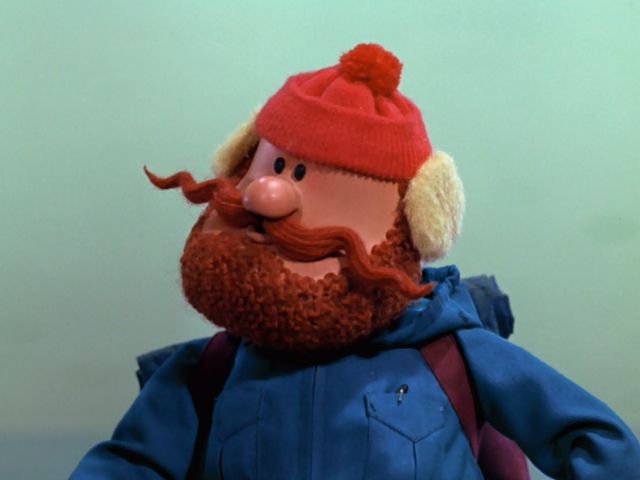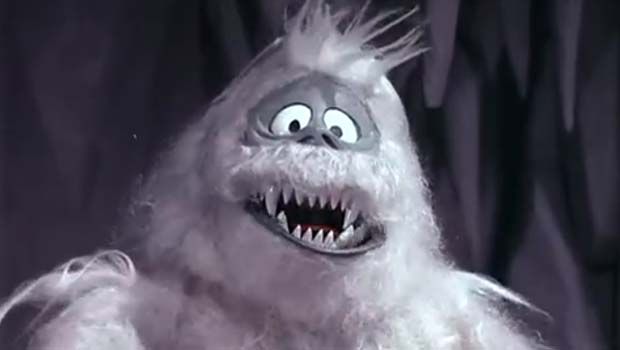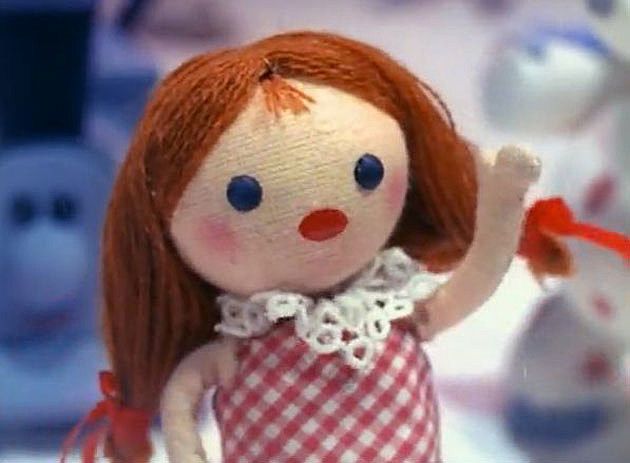The Big Picture
- The addition of unique supporting characters in Rudolph the Red-Nosed Reindeer expands the story and adds surprising twists and turns while reinforcing the moral message.
- Sam the Snowman adds a warm and familiar voice to the film and ensures that all is well, making it suitable for young audiences.
- Characters like Clarice, Hermey, King Moonracer, and Yukon Cornelius contribute to the story by providing loyalty, wisdom, empathy, bravery, and acceptance, making them integral to Rudolph's journey.
The Rankin/Bass stop-motion animated TV special, Rudolph the Red-Nosed Reindeer, might be one of the most well-known television specials in history. Released in 1964, Rudolph the Red-Nosed Reindeer has been a holiday classic for nearly 60 years. That’s some pretty impressive staying power for a kids’ stop-motion musical holiday special.
The movie takes the tale of the renowned Christmas song of the same name and uses it as a foundation to build a more detailed and intricate story. The film does a surprisingly successful job of adding some wacky elements new layers to the story – effectively expanding upon and fleshing out its source material without altering what was already there. This is mostly done with the addition of an extremely unique and interesting cast of characters.
The Rudolph the Red-Nosed Reindeer song mentions only Rudolph, his fellow reindeer, and Santa. These characters are the ones carrying out the tale’s moral message, and as a result, they manifest as tormentors to Rudolph. The film’s new characters create foils for Rudolph’s bullies and further flesh out this message. Many of these characters exist to create a more elaborate story, reinforce the moral, and balance out those who are particularly cruel to the protagonist. These supporting characters make this special what it is and add to the surprising and silly twists and turns it takes from its origin. These are the best unusung supporting characters that help Rudolph along the way.
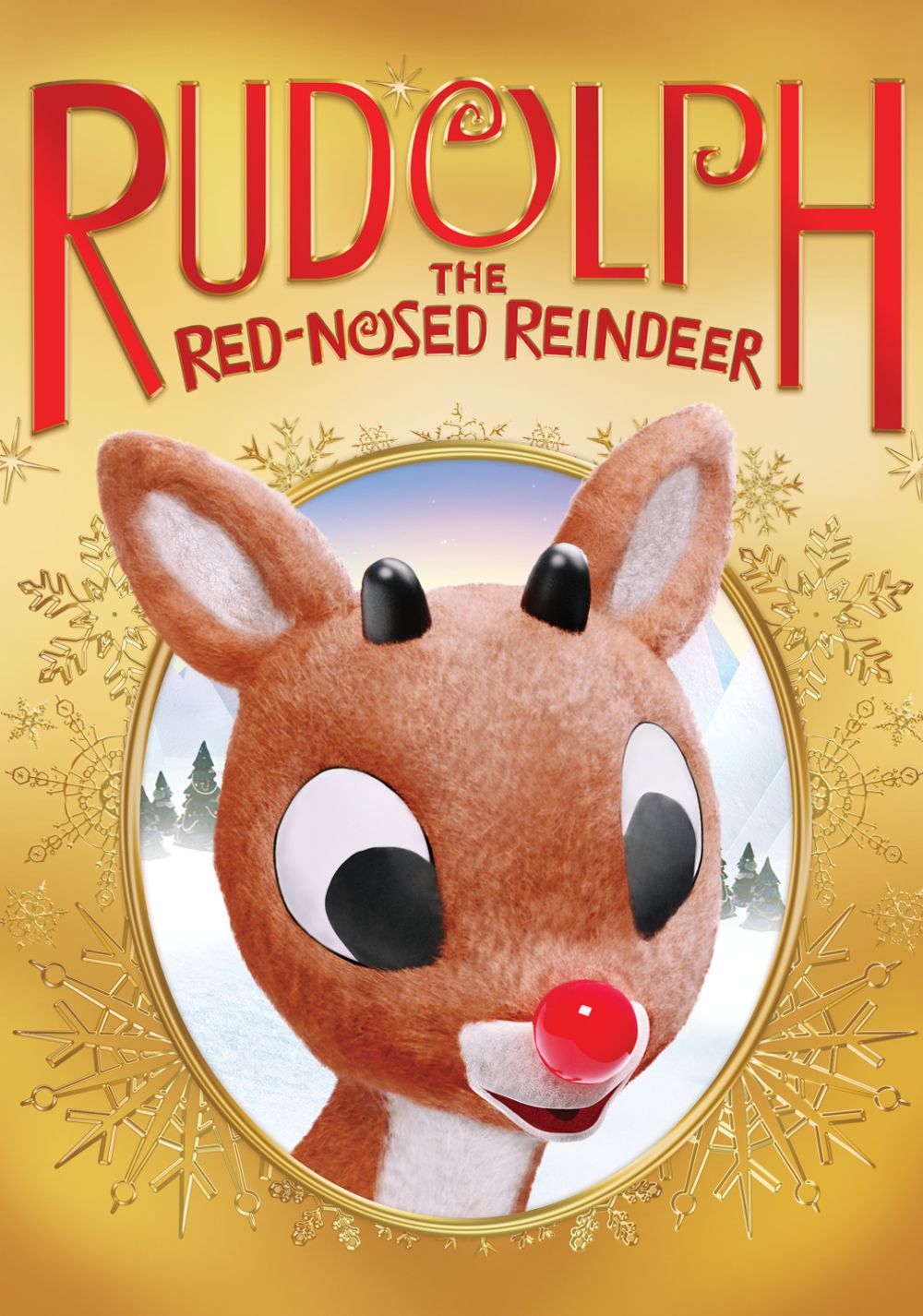
Rudolph the Red-Nosed Reindeer (1964)
A young reindeer Rudolph lives at the North Pole. His father is one of Santa's reindeer and it is expected that Rudolph will eventually be one too. However, he has a feature which is a setback and causes him to be ostracized: his red nose.
- Release Date
- December 6, 1964
- Director
- Larry Roemer
- Cast
- Billie Mae Richards , Burl Ives , Larry D. Mann , Paul Soles
- Runtime
- 47 minutes
Sam the Snowman
Rudolph wouldn’t be the same without its jolly narrator. Burl Ives’s warm, familiar voice makes a perfect thread, weaving together the many components of the film. Sam breaks the fourth wall and talks straight to viewers, acting surprised when they supposedly have never heard “the story of Rudolph.” He proceeds by singing the titular song to lead the movie into its narrative. Since Sam is telling this story years after the fact, it instills the feeling throughout that all is well and things end up okay. And, the narrative leans into that by cutting to Sam after the few intense or sad scenes. This acts to ensure that the film is suitable for even the youngest of audiences.
Clarice
Clarice is perhaps not as “unsung” as some of the others on the list, but she deserves high praise for her unparalleled loyalty and the wisdom she extends to Rudolph. Clarice gives Rudolph much-needed praise and attention. Beyond this, her kind words about his appearance, which he’s previously received nothing but hatred for, are what ultimately inspire him to fly and prove that he has a skill that the others around him find valuable.
Clarice waits patiently for Rudolph while he’s missing and even ventures into the dangerous wilderness to search for him. Clarice acts as a useful foil for Santa, Donner, Comet, and the other characters who are cruel to Rudolph until they find a way to make him useful. She supports Rudolph when he’s at his lowest. Clarice also sings "There’s Always Tomorrow," a lovely, stand-out song with a sweet and inspiring message.
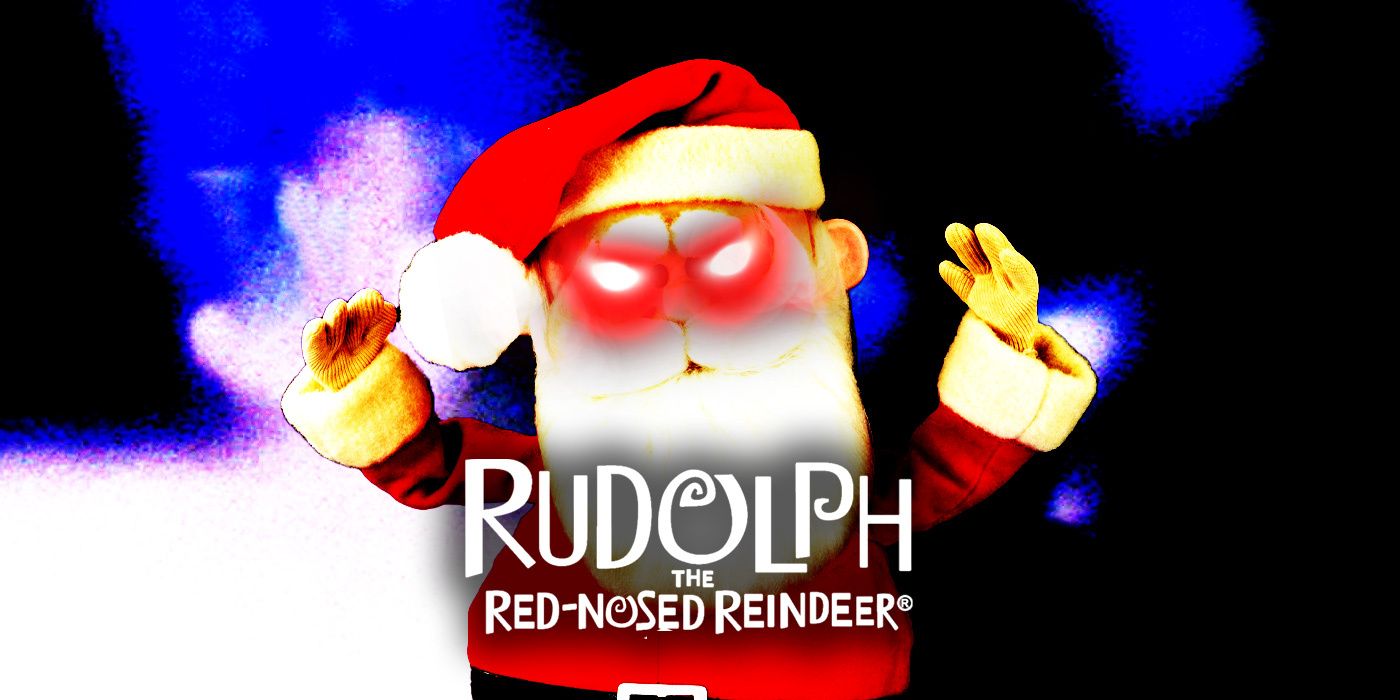
Is Santa the Real Villain of 'Rudolph the Red-Nosed Reindeer'?
Santa belongs on the naughty list.Hermey
Hermey has become one of Rudolph’s most iconic supporting characters for good reason. Hermey is an elf who bonds with Rudolph over their shared inability to fit in. When Rudolph is ostracized by his community for his appearance, he meets Hermey, who has just left his toy-making job in hopes of pursuing dentistry. Hermey’s melancholy feels a bit more real, adult, and deep than some of the others. He struggles to do his job because he is too distracted by his consuming passion. He’s mocked and yelled at simply for stating that he doesn’t like the only job he’s allowed to have.
Beyond his psychological turbulence, Hermey best embodies one of Rudolph’s core messages: even when you feel alone, there are always others who feel like you do, too. This is illustrated by Hermey and Rudolph both singing versions of the same song in different places before they meet and then singing an upbeat version ("We’re a Couple of Misfits") together when they find each other. Hermey is a symbol of the importance of finding a community that makes you feel welcome.
King Moonracer
Probably the most unexpected, unique, and frankly, strange addition to this cast of characters is King Moonracer. He is an inexplicably winged lion who is the ruler of The Island of Misfit Toys. Of course, the animals of the Rudolph universe seem to communicate freely with humans as well as toys. So, the notion that King Moonracer is a lion who is particularly empathetic toward the plight of neglected toys isn’t totally out of left field. Still, his species and his sovereign ownership over an island are never explained. This air of mystery only adds to King Moonracer’s charm. His charm is especially potent when taking into consideration the fact that he, a predatory cat known as the king of the jungle, has mastered a gentleness and empathy so benevolent that he commits his life and power to the toy version of humanitarianism.
Yukon Cornelius
Yukon Cornelius is a friendly prospector obsessed with finding silver and gold. He befriends Rudolph and Hermey on their journey in hopes that it will lead him to the treasure he desires. Yukon’s presence seems, like many of Rudolph’s supporting characters, like an out-of-place addition to the story. Yet, as the only human other than Mr. and Mrs. Claus, Yukon holds a special significance. He meets a talking reindeer and an elf on his journey and doesn’t bat an eye. He is also willing to sacrifice his life to save his friends and calms a monster into being friendly in the meantime. This makes Yukon Cornelius a brave, non-judgmental icon.
The Bumble
As Sam the Snowman describes “The Bumble” (more commonly called the Abominable Snow Monster), “he’s mean, he’s nasty, and he hates everything to do with Christmas.” The Bumble has an entire lore surrounding him and appears to be the only individual of his species – like Bigfoot. For most of the film, he acts as an antagonist, and he is introduced as the biggest physical threat Rudolph can face. This is proven true when he holds Rudolph’s mother and Clarice hostage. But, the Bumble ultimately takes on a Grinch-like arc, giving up his monstrous, Christmas-loathing ways to put the star on top of the Christmas tree. He is another example of how the things that make characters different from others are also what makes them special, since as a giant monster, he’s the only one tall enough to reach the top of that tree.
Dolly For Sue
The Island of Misfit Toys introduces a Toy Story-like narrative of sentient toys who care about being loved and played with by children. The toys on this island all have fairly obvious flaws that kept them from being taken home by a child: there’s an airplane that can’t fly, a train with square wheels, and a water gun that shoots jelly. Dolly For Sue does not seem to have anything “wrong” with her that should prevent her from finding a home, nor is it ever discussed. Ultimately, producer Arthur Rankin Jr. told the Archive of American Television that canonically, the doll was on the island due to her depression, later telling NPR’s "Wait Wait… Don’t Tell Me," in 2007 that this depression came as a result of her being abandoned by Sue (the child she once belonged to.)
Thanks to some pretty heavy trauma for a doll, Dolly For Sue joins the ranks of Hermey as a character with very real, profound psychological burdens to bear. Luckily, Rudolph the Red-Nosed Reindeer is still a movie for children. Dolly For Sue makes it onto Santa’s sleigh, taking her off to find the home she so desires. Another happy ending is tied up neatly as all enduring Christmas special endings should.
Rudolph the Red-Nosed Reindeer is currently streaming on FuboTV in the U.S.

